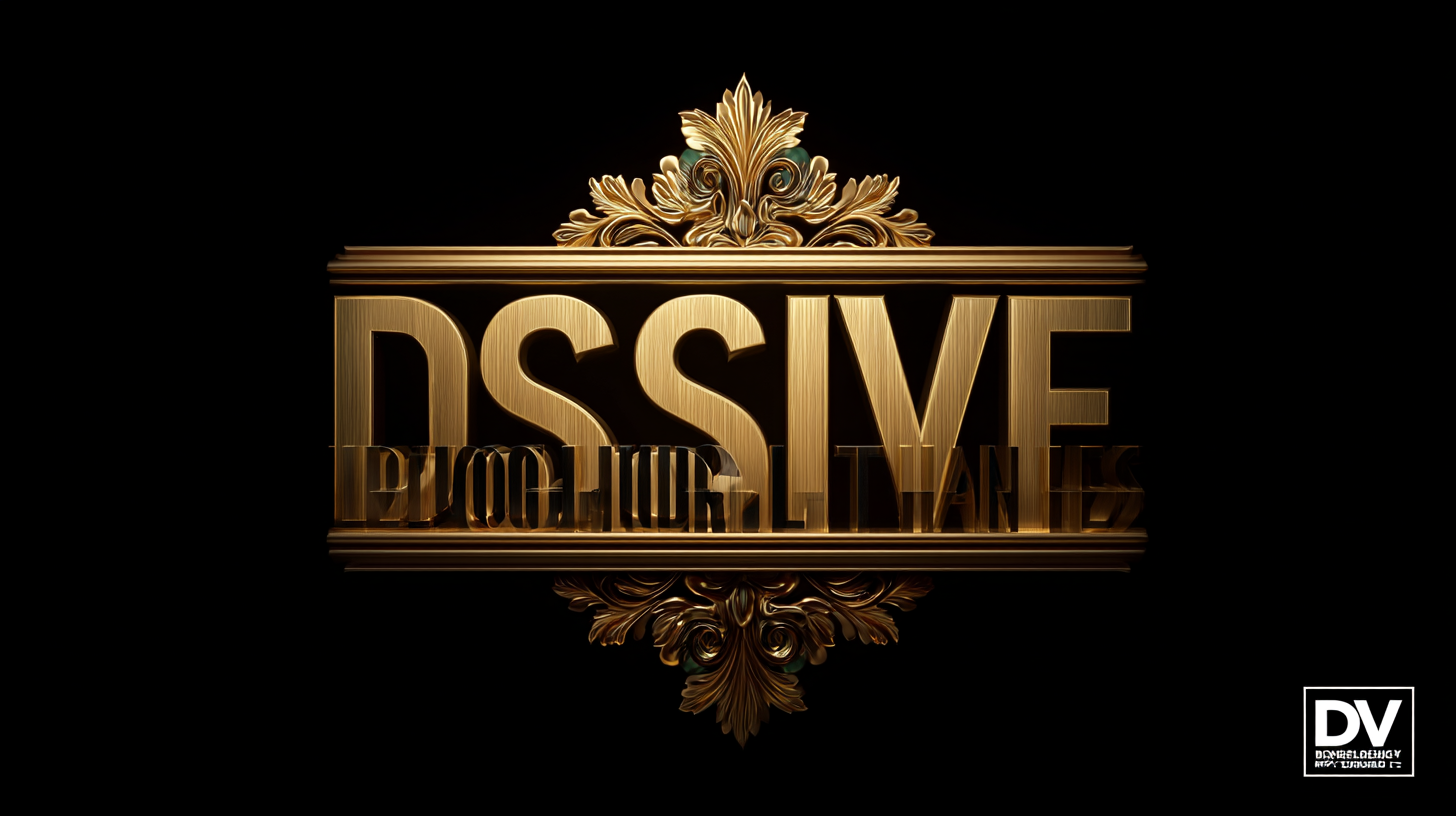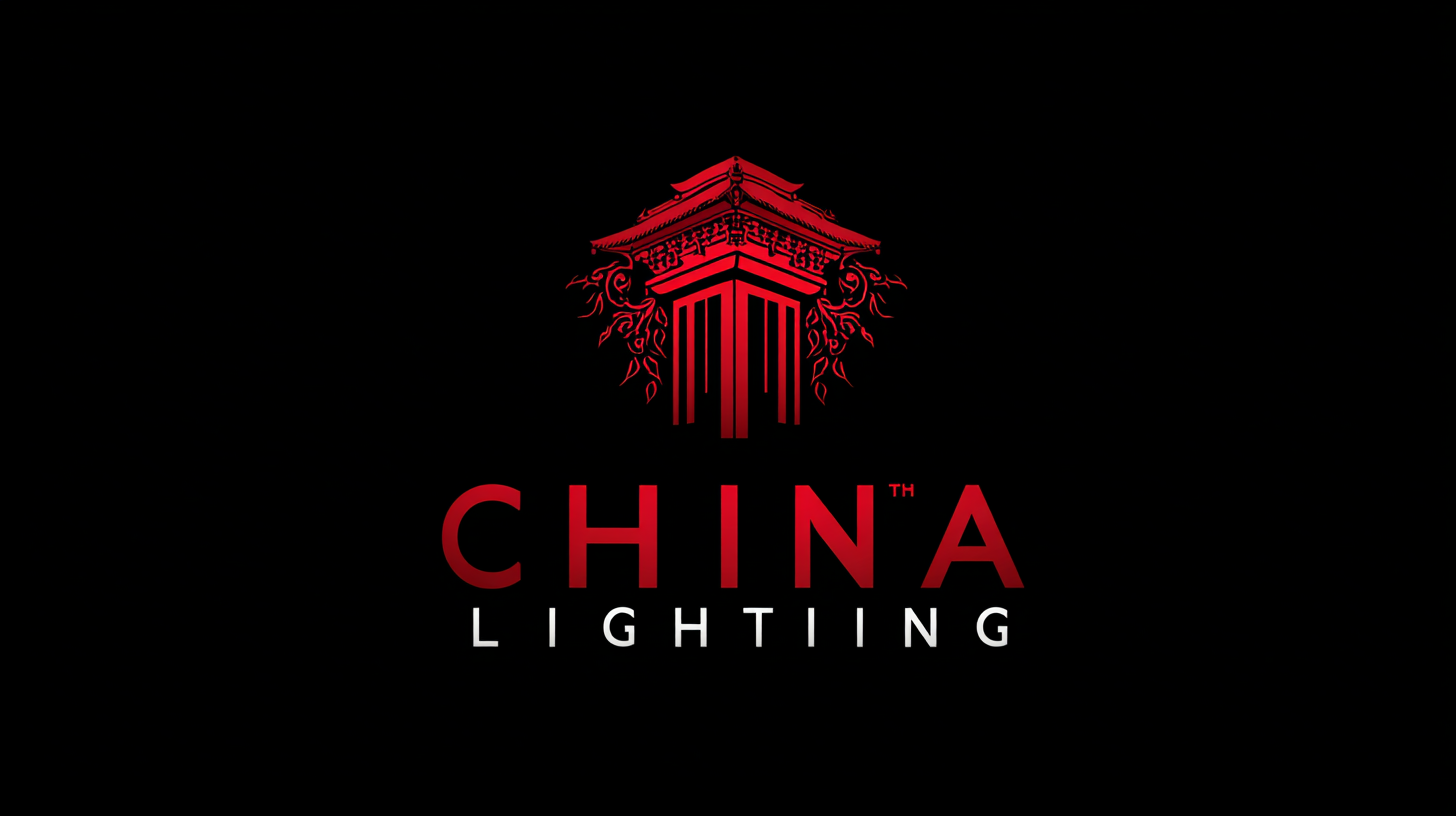Illuminate Your World: China’s Premium Decorative Lighting as Your Global Sourcing Ally
The decorative lighting industry has witnessed remarkable growth, with a projected global market value set to reach $24 billion by 2025, according to a report by Grand View Research. This surge is driven by the increasing demand for aesthetic and innovative lighting solutions that enhance both residential and commercial spaces. As consumers become more discerning, they seek products that seamlessly blend functionality with design, making decorative lighting a vital element in modern architecture and interiors. China's position as a leader in manufacturing and exporting decorative lighting allows global sourcing partners to access a diverse range of high-quality products at competitive prices. This blog will explore top strategies for leveraging China's premium decorative lighting to illuminate your world and elevate your design projects to new heights.

Understanding the Challenges in Sourcing Decorative Lighting from China
Sourcing decorative lighting from China presents numerous challenges that buyers must navigate to ensure a successful procurement process. One of the primary hurdles is the vast array of manufacturers, each offering different styles, quality levels, and price points. Buyers must invest significant time in researching and vetting suppliers to find those that align with their specific design requirements and quality standards. This can often involve visits to factories, obtaining product samples, and engaging in extensive negotiations to clarify expectations.
Communication barriers can further complicate the sourcing process. Language differences and varying cultural expectations may lead to misunderstandings regarding product specifications, delivery timelines, and payment terms. To mitigate these challenges, it’s crucial for buyers to establish clear channels of communication and potentially engage local sourcing agents who can bridge the gap. Additionally, staying updated on regulations, shipping logistics, and potential tariffs is essential, as these factors can significantly impact project timelines and overall costs. By understanding and addressing these challenges, businesses can better leverage China's rich market for decorative lighting.
Key Quality Issues in China’s Premium Decorative Lighting Market
As the global demand for premium decorative lighting continues to rise, China stands out as a key player in this vibrant market. With quality issues often cited as a concern, it is crucial for overseas buyers to navigate this landscape with a discerning eye. By focusing on reliable suppliers and understanding the nuances of product specifications, businesses can successfully enhance their offerings. In a world increasingly driven by aesthetics and ambiance, China’s rich array of decorative lighting options presents both opportunities and challenges for international sourcing.

The 2025 Global Automotive LED Market study highlights the transformative trends shaping the industry, including an increased emphasis on innovative lighting solutions. Upcoming events like the 33rd China (Guzhen) International Lighting Fair will serve as platforms for stakeholders to explore the latest advancements and strengthen partnerships. Buyers should remain vigilant about quality assurance as they tap into China's vast lighting resources. By emphasizing collaboration and transparency, companies can thrive in this competitive arena, ensuring that their products not only meet aesthetic standards but also deliver on performance and reliability.
Navigating Communication Barriers with Chinese Suppliers
When sourcing premium decorative lighting from China, one of the most significant challenges is navigating communication barriers. Language differences and cultural nuances can lead to misunderstandings, especially when discussing product specifications and expectations. To effectively bridge this gap, it’s essential to adopt a proactive approach to communication.
Tip 1: Utilize Visual Aids
 When communicating complex ideas, incorporating visual aids such as diagrams, images, and product samples can significantly enhance understanding. These tools can serve as universal references, ensuring both parties are aligned on specifications.
When communicating complex ideas, incorporating visual aids such as diagrams, images, and product samples can significantly enhance understanding. These tools can serve as universal references, ensuring both parties are aligned on specifications.
Tip 2: Leverage Technology
Employing translation apps and platforms during conversations can make a huge difference. Real-time translation can facilitate discussions, allowing you to ask questions and receive clarification immediately, thus fostering a smoother interaction.
By being mindful of these strategies, you can enhance your collaboration with Chinese suppliers and ensure that your vision for decorative lighting comes to life seamlessly.
Logistical Hurdles: Shipping and Delivery Concerns in Global Sourcing
In today's global marketplace, sourcing premium decorative lighting from China involves navigating a range of logistical hurdles, particularly around shipping and delivery. According to the latest report from the World Bank, disruptions in the supply chain have increased shipping costs by over 30% since 2020, a trend that adds complexity for businesses aiming to source high-quality lighting while managing budgets. Delays at major ports, influenced by COVID-19 and fluctuating demand, can extend delivery times significantly—sometimes up to 10 weeks longer than pre-pandemic periods.
Furthermore, a study by the International Maritime Organization (IMO) reveals that approximately 80% of global trade by volume relies on shipping, highlighting the critical nature of efficient logistics. Companies aiming to mitigate these issues must consider diversifying their transportation routes and investing in reliable shipping partners. Enhanced visibility tools and real-time tracking technologies are also practical solutions that can help companies maintain competitive delivery timelines, ensuring that sourcing decorative lighting does not become an impediment to their growth in a rapidly evolving market.
Shipping and Delivery Concerns in Global Sourcing
Ensuring Compliance: Managing Regulations and Standards in International Sourcing
As global sourcing becomes increasingly complex, managing compliance with national regulations and industry standards is paramount. Businesses are recognizing the importance of ensuring that their supply chains align with both sustainability goals and legal requirements. A recent report indicates that 70% of companies are investing more heavily in compliance training programs to navigate the intricate regulations governing international trade. This trend highlights the necessity for companies to develop comprehensive compliance frameworks that not only meet current standards but also anticipate future changes.
Furthermore, with new executive orders reshaping federal procurement processes, organizations must stay vigilant in adapting their sourcing strategies. The introduction of stricter sustainability standards requires businesses to reassess their supplier networks. According to recent industry findings, over 60% of companies report difficulties in aligning their supply chain practices with evolving regulations, often leading to increased operational costs and compliance risks. Consequently, companies must prioritize establishing strong relationships with suppliers who meet their stringent environmental and ethical standards. By doing so, businesses can foster trust and accountability within their supply chains, ultimately enhancing their competitive advantage in the global market.
 Skip to content
Skip to content